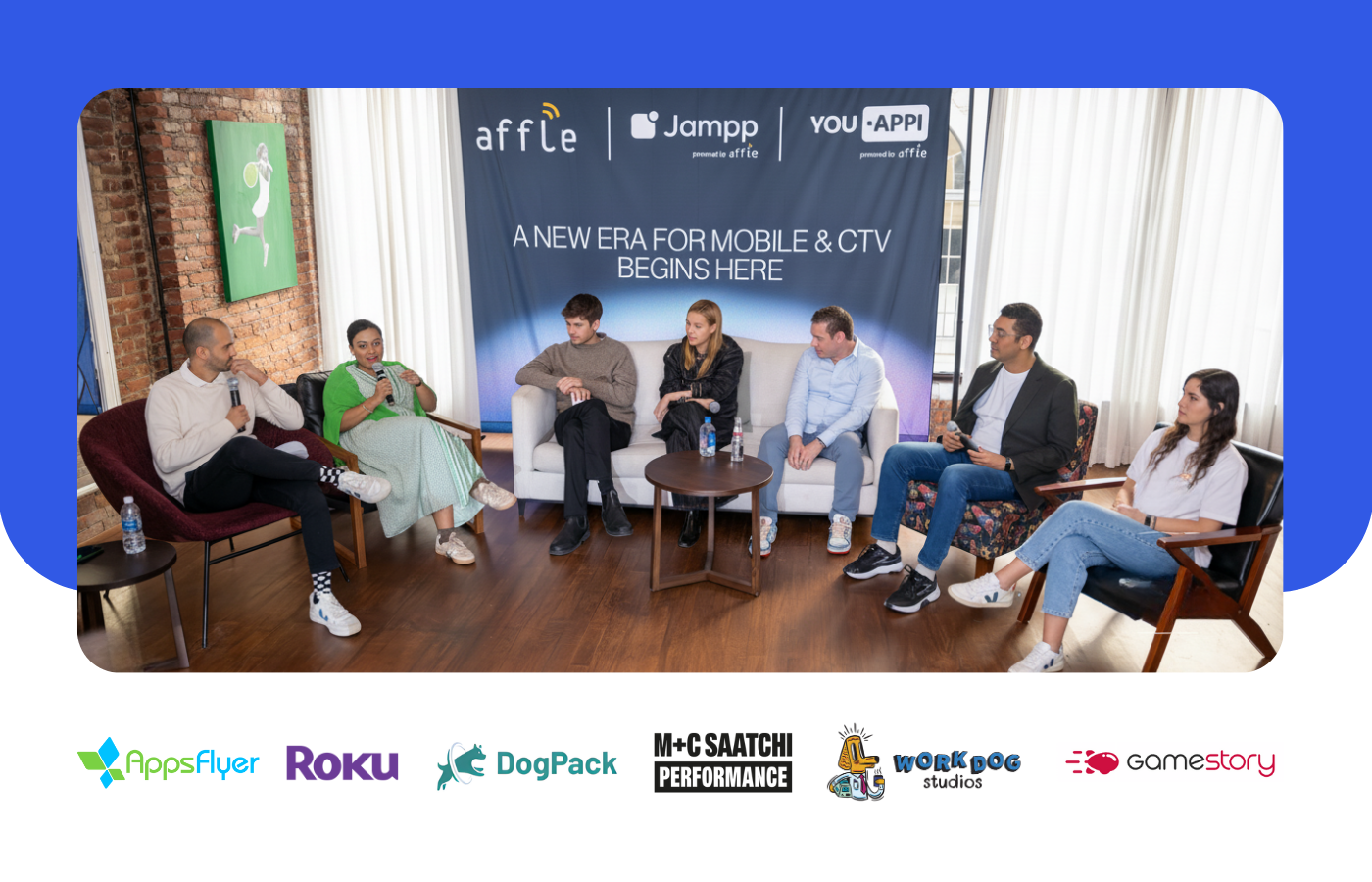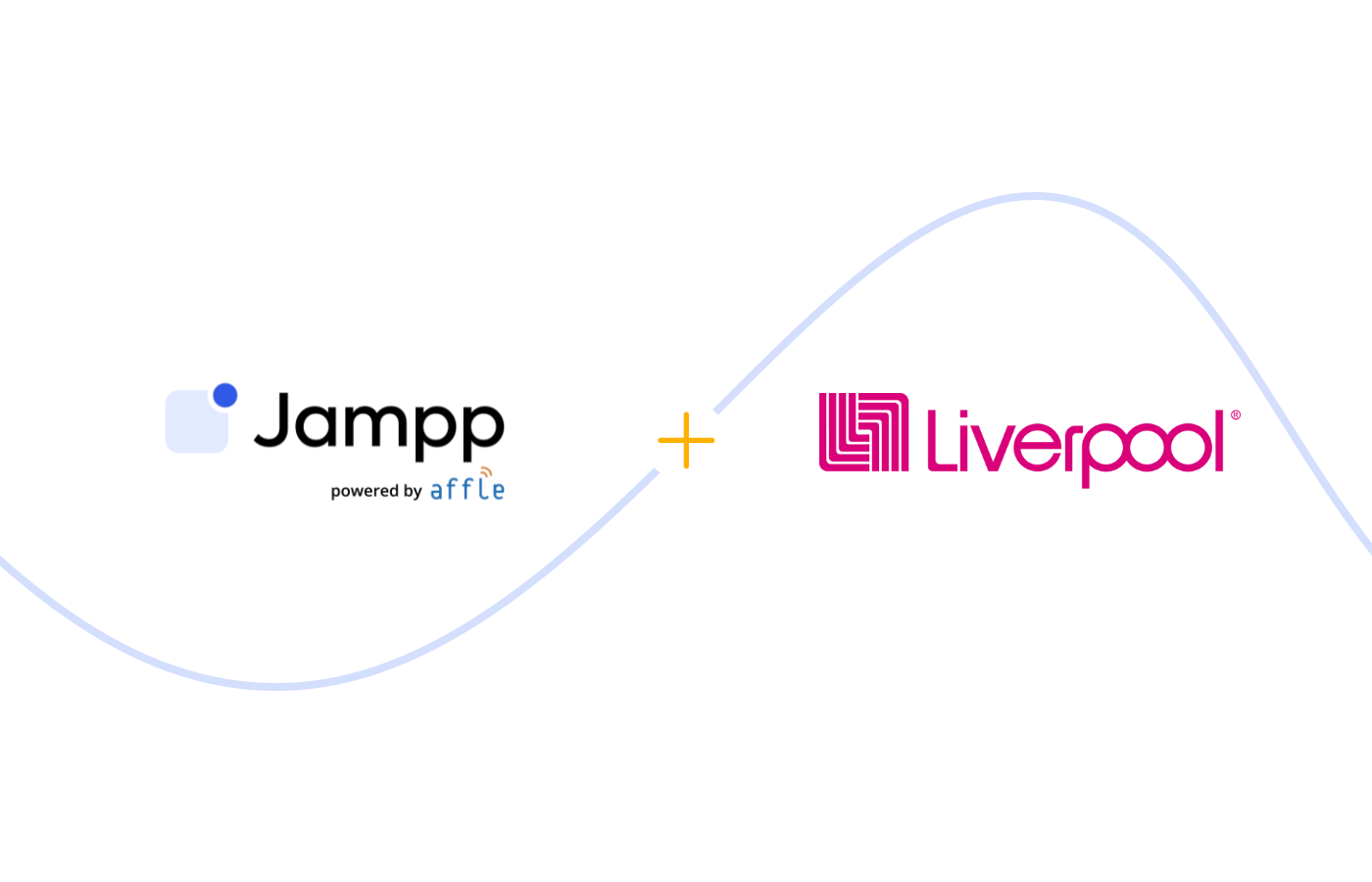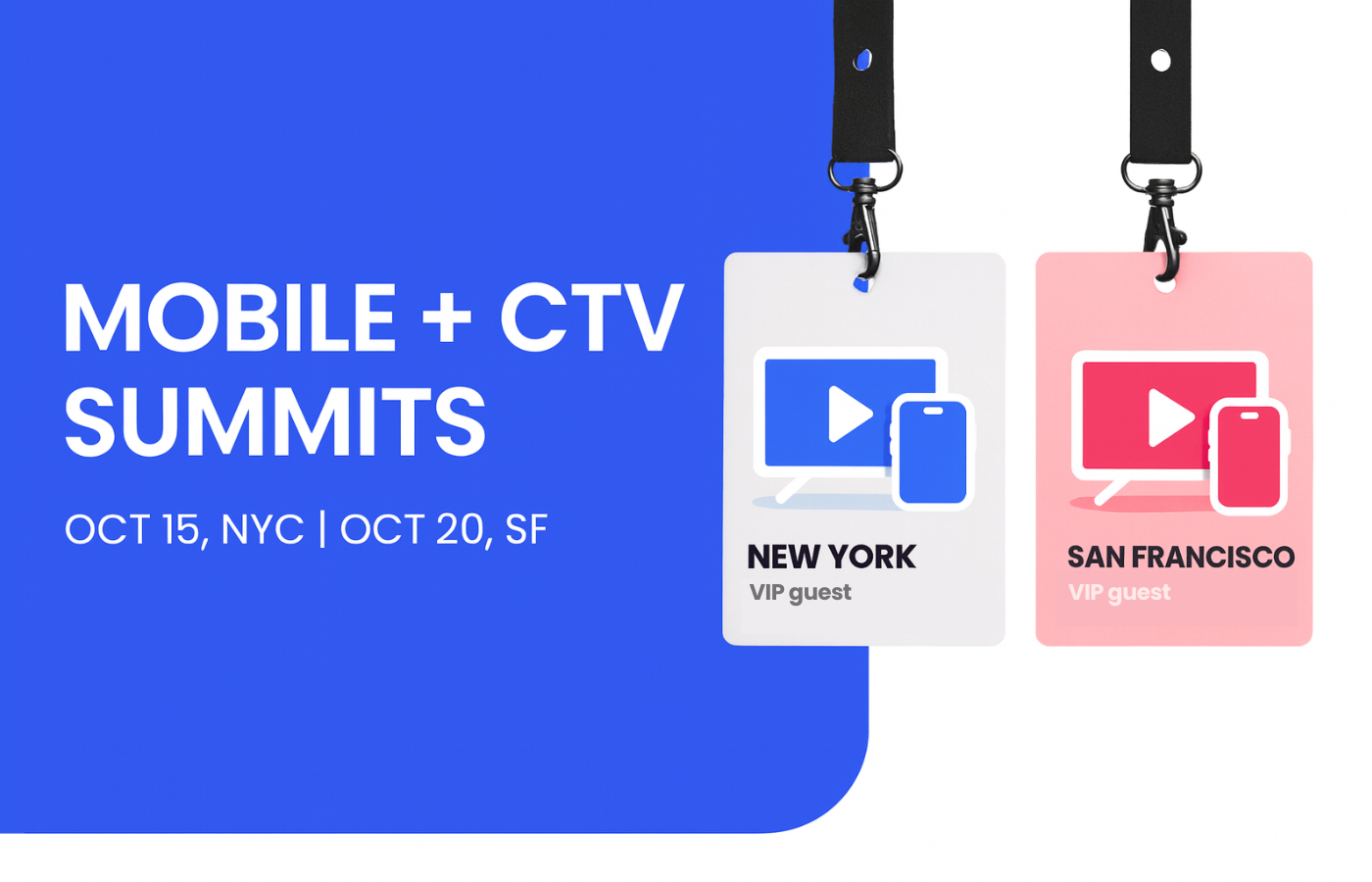This is how you create great mobile video ad creatives
Co-written by Tarika Soni [Video Product Growth Manager, MoPub] and Florencia Vago [Marketing Manager]
December 12, 2017

Co-written by Tarika Soni [Video Product Growth Manager, MoPub] and Florencia Vago [Marketing Manager]
Everybody is talking about video because everybody is watching video
Some say social media started it, others say higher connectivity enabled it, regardless video consumption on mobile has been on the rise and will likely continue to grow. As per a Cisco prediction study conducted in Feb 2016, video will be 75% of global mobile traffic in 3 years.

It’s a good time to be asking yourself the question ‘Why Video?’
Most advertisers, both delivering brand & performance media budgets, are starting to invest more on mobile video to:
- Reach their audience in a format their users are already consuming media.
- Captivate their audience both visually and audibly through full screen formats, creating more meaningful engagements.
- Help consumers get a sense of the brand and the value which can lead to higher brand lift & recall.
As video is still a challenging format for many advertisers, we teamed up with one of our largest in-app suppliers, MoPub, to share some key tips and best practices.
Creative best practices
Each brand has a unique style and way of communicating with their users. Some use humor, others go for more aspirational messages… however, after seeing a diverse range of videos, we’ve identified a few key elements that the best creatives have in common.
1. Make sure the brand’s logo or app icon is present in the video
Ideally, the brand logo should be on every frame, but at the very least at the beginning and end.
Some advertisers include the app logo, others the app icon, both options work equally well, so the use of either will help with brand recall and recognition.

2. Make sure the aesthetics of the video are coherent with the app store & contextually similar to the app itself
The mystery factor has worked for some brands but, as a general rule, people will click, install, and buy if they understand and like what they’re getting. If the ad looks different from the rest of the user experience it generates uncertainty, which often generates distrust.

3. Video should make sense without sound
85% of Facebook videos consumed on mobile phones are seen with the sound off, so it’s important for ads to make sense without sound which can be challenging sometimes. This doesn’t imply that advertisers should refrain from including audio, however it suggests that the storyline of the ads’ content should not have sound as a prerequisite to make sense.
While many marketers argue an ad’s audio often drives the narrative or emotional emphasis, the truth is that making the audio optional ensures a less intrusive experience for users. A good way around this is to use captions. Captions allow for slightly more complex soundless content. 39% of consumers are more likely to finish an ad with subtitles vs without subtitles.
4. In general, avoid dark backgrounds and/ or dark night scenes
Not afraid of the dark, but cautious of poor viewability. Many users adjust screen brightness settings to save battery, and more likely than not, they’re not going to adjust the settings just to view the ad.

5. Provide a clear customizable Call to Action
The Call To Action (CTA) is a must have element, and needs to be specific to the desired action. Replace the standard “Learn More” call to action with a customized one, to maximize conversions such as “Install the App Now” for user acquisition campaign or “Book the next flight now” for a retargeting campaign based on the target audience.
Using a clear CTA and testing different CTA versions with up to 15 characters in length can improve click-through rates by +20% as per MoPub’s internal data.
6. User Acquisition vs Retargeting — the “above all be relevant” tip
Keep in mind who the target audience is and adjust the message accordingly. In User Acquisition campaigns, users do not have the app installed. They may or may not be familiar with the brand, but they haven’t seen it in action. Use video ads to show how the app works: in what situation is it useful for the user? Focus on one capability or feature, and display its ease of use. The aim is to get users to install the app.
For Retargeting campaigns, users already have your app. Here the aim is to get users to come back, and make the next purchase. Use video ads to show new or additional features.
Once the content is taken care of, machine learning and predictive technology enable targeting and timing optimization, in other words, showing the ads in contextually relevant in-app moments.
7. Successful videos engage users during the first 3–4 seconds by
- Showing the app in use.
- Telling a story — better still, telling a relatable story.
- “Keeping it simple” — they’re easy to follow.
Below we’ve included a couple of examples we think work really well and cover all the above mentioned best practices.
Example 1: Deliveroo
Deliveroo is a Food app that helps users order meals & drinks from their favorite restaurants in several countries across Asia and Europe. This 10sec video shows 10 seconds are plenty of time to show the app in use.
Why it works?
- It’s adapted for its short duration, simple and easy to understand.
- The logo is present throughout the video, so even though the video is brief, the brand is easy to recall.
- It makes sense without sound, using a clear caption to emphasize the key value of the app “Get the food you love, delivered”.
Shorter videos can be a challenge, but as this Deliveroo ad shows, they can be just as effective as longer videos in communicating your app’s value. Testing different video lengths allows advertisers to unlock access to a wider audience of potential customers.
Example 2: Airy
Airy is an Indonesian Travel app that helps users find and book hotels and domestic flights at the best prices. Their video clearly shows a customer using the app to find accommodation.
Why it works?
- Includes App Logo in different frames of the video and, of course, in the last few frames.
- Airy’s brand is also manifested in the colors used throughout the video (captions, clothing, even the hotel room’s decoration.)
- Includes subtitles so users can understand the video without sound. Bonus points for adding a shadow behind the subtitles to make them more legible.
Example 3: Takeaway
Takeaway is a European food delivery app which helps users choose dishes from a wide selection of cuisines and get the meal delivered. The app is available in different languages, and they create specific ads for each region. This 15 second ad for the Netherlands shows all the tips in action.
Why it works?
- App Logo is present throughout the video.
- Subtitles ensure users can follow the storyline without sound.
- Shots of in-app screens show the app’s ease of use.
- Bonus points for being specially created for the (winter) season, highlighting the app’s relevance at a given time.
This is an all around good example of an ad customized specifically for mobile. Vertical video has reportedly become more and more popular as users can comfortably view it without having to rotate their phones, so it makes sense to have both horizontal and vertical variations.
Even though the last two videos are not in english, it’s easy to understand what each app is for.
Technical Best Practices
With the creative best practices, your video ads are half-way there. Just a few technicalities left… from recommended file sizes to tips for effective End Cards, you will find all the Technical Best Practices your video ad should comply with in this pdf 📄.
Wrapping Up

Hope this post was helpful, if you have any questions about running mobile video ads on your app marketing campaigns, get in touch!
Subscribe to our email newsletter









